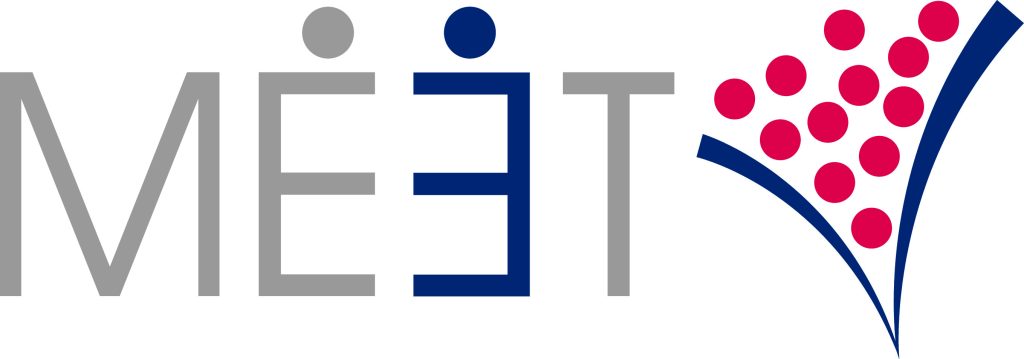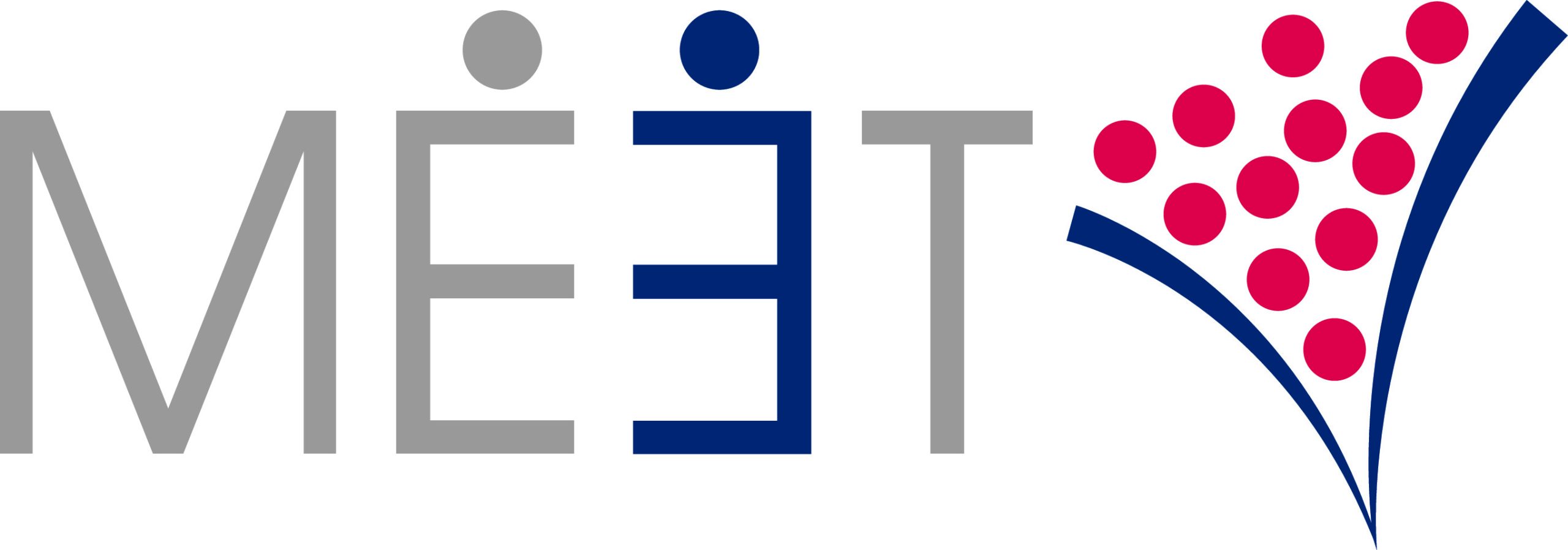Winning at SelectUSA 2025 – Preparation & Best Practices with John Lynn
The SelectUSA Investment Summit is a powerful opportunity for international companies looking to expand into the U.S. market. But as
Winning at SelectUSA 2025 – Preparation & Best Practices with John Lynn Read Post »

